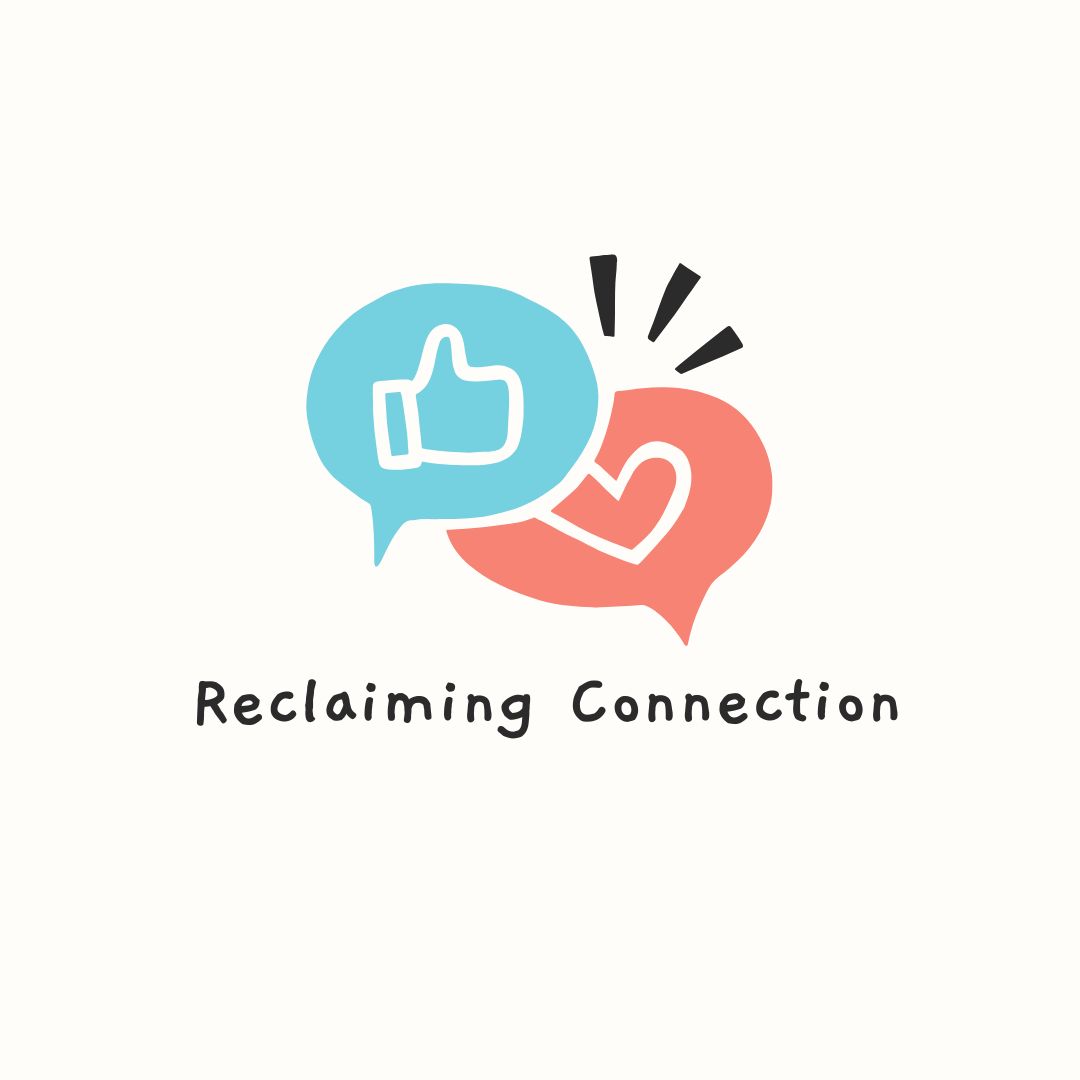Technology. It’s a lifeline, a blessing—and let’s be honest—a daily battle.
When my girls were younger, I remember leaning on screen time as a survival tool. Baby Einstein gave me 20 minutes to breathe. The iPad helped during long car rides. The iPhone came to the rescue in waiting rooms and checkout lines. At the time, it felt harmless—and necessary.
Fast forward to today, and the tech landscape has evolved in ways we never could have imagined. What started as toddler apps has become a world of social media algorithms, digital identities, and AI-driven content competing for our kids’ attention 24/7. And now the question many parents are asking is: How do we raise grounded, emotionally aware, and connected kids in a tech-dominated world?
It’s a question without a one-size-fits-all answer—but there is a path forward.
Years ago, I sat down with licensed mental health counselor Juli Steinocher, who was navigating this challenge firsthand with her two sons. She noticed real behavioral shifts—aggression, disconnection, obsession with screens—and together with her husband, they decided something had to change. That led to research, parenting refreshers, and a framework that still resonates today: iCARE, a five-step approach for managing screen time and restoring healthy habits at home.
Here’s a modern take on Juli’s model, one that holds up beautifully even now:
iCARE: A Mindful Approach to Technology Use
I – Inform.
Start with open, honest conversations about the impact of screen time. Talk about dopamine loops, how social media affects our mood, and the importance of rest and real-world interaction. Get your kids involved in shaping the family plan—it builds buy-in and accountability.
C – Connect.
Notice and name the emotional patterns tied to tech use. Are your kids more irritable after scrolling? More distant? Reflect together. And don’t forget to connect without screens—daily, intentional moments of presence (even just 10 minutes) matter more than we think.
A – Activities.
Create space for non-digital joy. Family game nights, cooking together, journaling, nature walks, art, music, volunteering—these aren’t just alternatives to screen time, they’re opportunities to spark curiosity, joy, and belonging.
R – Rules.
Every family needs boundaries, and every child needs structure. Consider rules like: no phones at meals, a shared charging station at night, or tech-free Sundays. Customize what works for your crew—and stick to it. Consistency builds trust.
E – Evolve.
Technology changes fast. So should our approach. Stay curious. Learn about emerging platforms, talk about digital safety, and adapt your plan as your kids grow. What works for an 8-year-old won’t work for a 15-year-old—and that’s okay.
Juli also made a critical point: our kids are watching us. If we want them to unplug and be present, we have to model it. Put the phone down. Make eye contact. Power down when you’re with them. The habits we model become the habits they carry into adulthood.
Today, my girls are older, and our conversations about tech look different. But I’m still learning, still adjusting, and still committed to staying present in a digital world that often pulls us away from each other.
Technology isn’t going anywhere—but neither is the power of human connection. Let’s keep choosing it.

